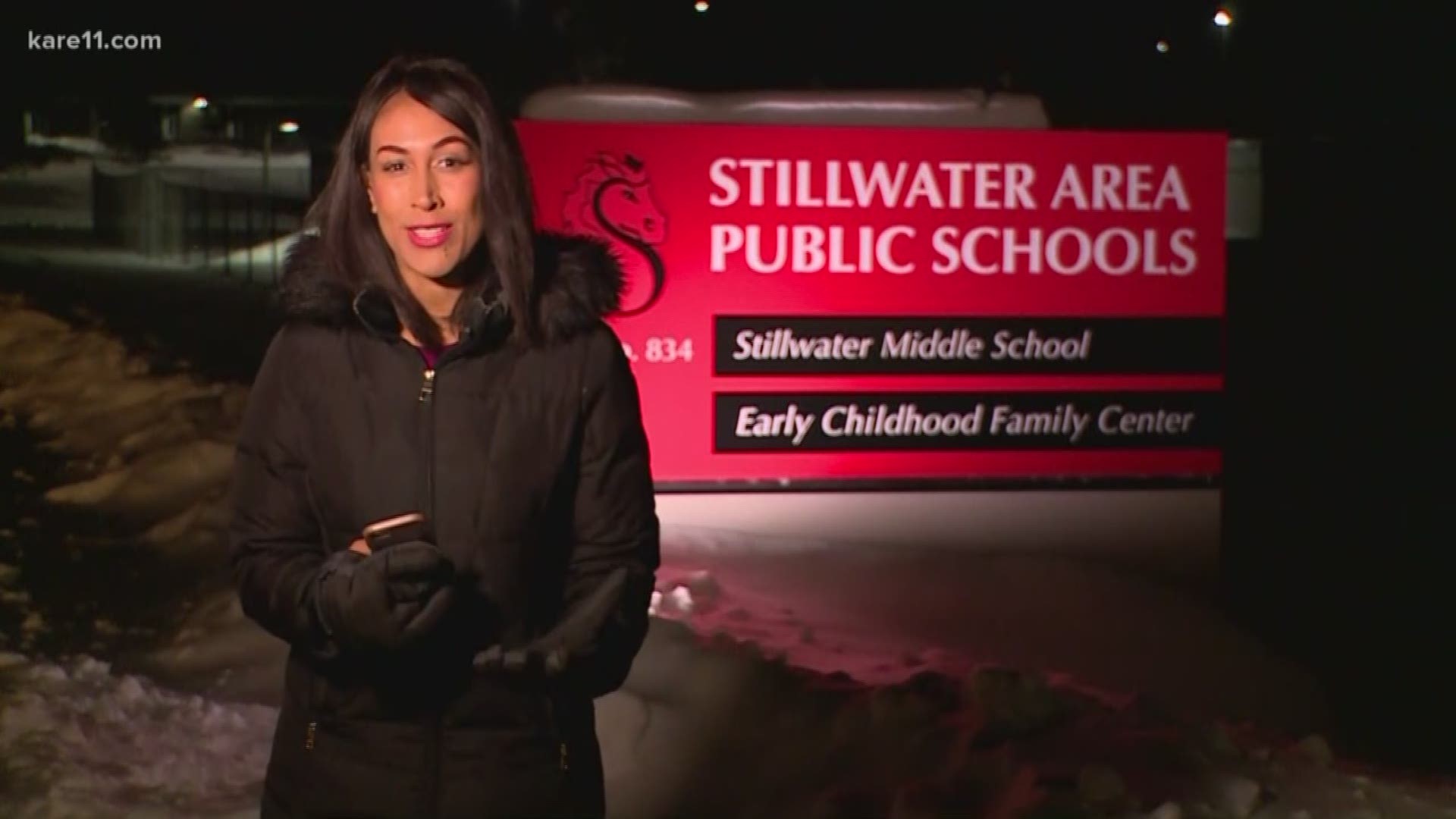GOLDEN VALLEY, Minn. — Another day, another snowfall, another difficult decision for school districts across the state.
On Tuesday, most districts decided to hold school despite the snowfall of the previous night and earlier that morning. Leaders of the Anoka-Hennepin School District, however, opted to close their schools – citing the transportation challenges created by the snowfall to one of the state’s largest school districts.
And that decision represents a fundamental truth, school leaders say: that districts need to make their own decisions based on their unique set of circumstances.
Some schools have already made decisions regarding making up the snow days.
The Stillwater and Hastings school districts are making up for hours they missed due to snow and the bitter cold on Presidents Day this coming Monday.
For the Stillwater School District, middle and high school students will have a full day of classes on the holiday. In fact, five minutes will be added to the end of the day to make up for more missed time.
After missing five days of school this winter, the district said it fell below the number of instruction hours the state requires for students in grades 6-12.
In recent weeks, hundreds of districts called off school because of winter weather. Gov. Tim Walz said those districts would not face consequences for not reaching enough school hours this school year. Instead, he was going to let each district decide whether or not to have any make-up days.
Stillwater district officials are aware of that and say it would take legislative action to really avoid make-up days. They're encouraging parents to contact their local lawmakers.
Meanwhile, the Hastings School District says it has missed seven school days this winter.
"We looked at the potential dates to add back a day and we picked one of the earliest days on the calendar to add back, because there is a strong chance we will need to look at adding some other days back," Superintendent Tim Collins said.
But not every school needs to use a holiday to make up missed days. Districts have had to decide what's best for them in each snow day scenario.
“No district should be criticized for the decision that they make, because it is in the interest and safety of their kids and their staff members, based on the conditions that are impacting that school district – whether it’s transportation, roads, specific weather impacts,” said Rick Kaufman, the Executive Director of Community Relations and Emergency Management for Bloomington Public Schools.
Kaufman noted that the Bloomington district – along with a handful of other districts in the metro – do not consider a “school delay” as an option, given a complicated bus schedule and programs that are also held off campus, including those for younger, special education, gifted and talented or post-secondary option students.
“All of those students are transported. And because of a two-hour delay, you impact the ability to get to a site or for us to pick them up at the expense of our regular students that are attending our schools,” Kaufman said.
Meantime, most districts are reporting that they will likely fall short of the state’s minimum standards for time spent in class. According to the Minnesota Department of Education, those standards require districts to have 165 days of instruction overall and 1,020 hours of instruction for students in grades 7 through 12.
“We heard people talking about that they were already one or two days worth of hours short,” said Gary Amoroso, the Executive Director of the Minnesota Association of School Administrators.
Amoroso said he’s been working with the state education department to collect data on districts throughout the state, finding most are falling short of the state minimum. He confirmed the state school leaders are considering whether to ask Gov. Tim Walz and the state legislature for new legislation this year, that would allow them a one-year waiver from the state minimum.
“Hopefully in the next few days, we’re going to have some additional communication about what, if anything, can be done to approach the state legislature about any type of one-time modification to these statutes,” he said.
And while they consider that strategy, districts are also reviewing how to add more time to the classrooms – whether by taking away the President’s Day holiday, converting in-service teacher workdays to regular student instruction days, cutting down Spring Break or adding days to the end of the year.
“Calling off schools or not calling off schools is always the most gut-wrenching decision. Because no matter what you chose to do, you had a group in your community that wasn’t happy,” Amoroso said, referring to how school leaders are simply trying to make the best of a challenging situation.
More from KARE 11:

